Table of contents
Nebula Genomics DNA Report for Asperger Syndrome
Is Asperger syndrome genetic? We created a DNA report based on a study that attempted to answer this question. Below you can see a SAMPLE DNA report. To get your personalized DNA report, purchase our Whole Genome Sequencing!
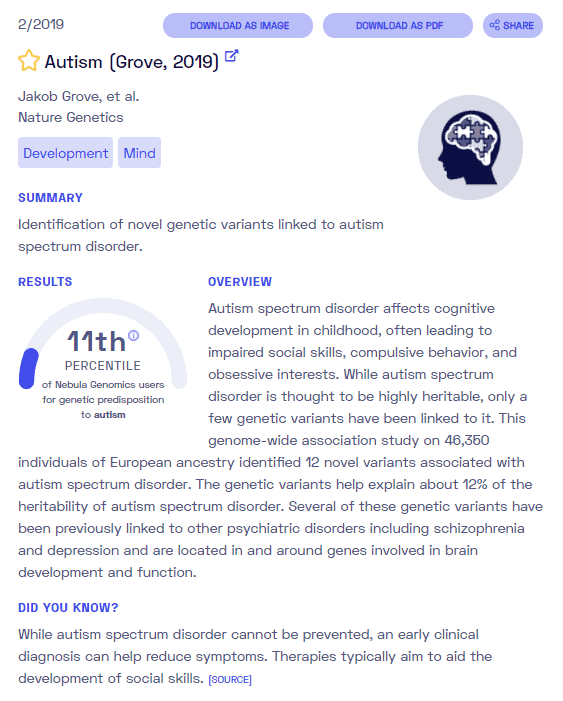
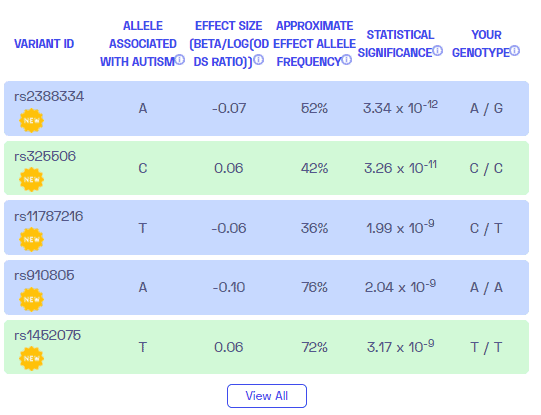
What is Asperger Syndrome?
Autism Spectrum Disorder (ASD) is the name of autism used from 2013 onwards in the 5th edition of the Diagnostic and Statistical Manual of the American Psychiatric Association (DSM-5). Previous editions of the DSM, and the 10th edition of the World Health Organization’s International Classification of Diseases (ICD-10), use the term Pervasive Developmental Disorder (or PDD). Now, PDD and other forms of classic autism, such as the term Asperger syndrome, are all classified under ASD.
Asperger syndrome (AS) is a variant of autism. It is classified as a disorder of neural and mental development, affecting the patient’s mental health. It differs from other forms of autism primarily in that there is usually unimpaired speech development and no reduction in intelligence.
Characteristics of children with Asperger syndrome include difficulties in social interactions, social situations, and communication skills. They may also have differences in perception and stimulus processing. This includes sensory hypersensitivity and hyposensitivity and difficulties in stimulus filtering, and they often extraordinary interests and talents.
Individuals diagnosed with Asperger syndrome are often co-diagnosed with Fragile X syndrome. This condition presents many of the same symptoms, including developmental delays.
To learn more about whether autism is considered a disability, check out this article on Is Autism a Disability? in the Autism Parenting Magazine.
Is Asperger Syndrome Genetic?
The genetic role of ASD, including Asperger syndrome, have proven to be extremely diverse and highly complex. The condition is heritable, which means it tends to run in families.
Experts have reported changes in over 1,000 genes that lead to an increased risk of ASD. However, autism research is still trying to confirm a large number of these associations through genetic studies. Genetic testing may help identify if someone has some of these gene variants.
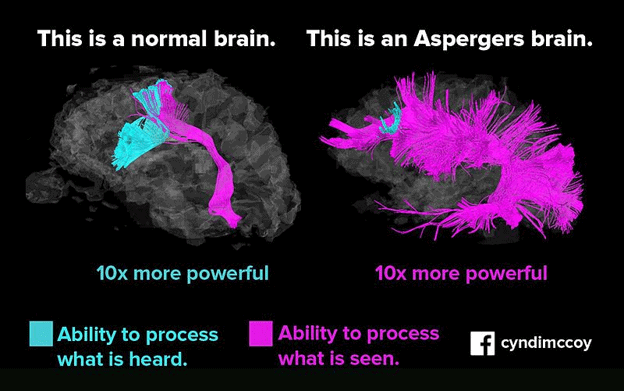
The biological causes of Asperger syndrome (and of the entire autism spectrum) lie in developmental deviations in brain development and growth.
The role of multiple genes
Many of the genes associated with ASD involve brain development. Some twin studies show that autism is a highly heritable condition and, as of 2009, known genetic syndromes, mutations, and metabolic diseases account for up to 20% of cases. In a 2020 review, the authors argued that there was not yet sufficient evidence of genes specific to the autism spectrum.
Experts generally believe that the immense combination possibilities of many genetic variations are the cause of the great diversity and breadth of the autism spectrum, including Asperger syndrome. Risk factors may also include environmental factors separate from genetic disposition.
Submicroscopic changes in chromosomes also play a key role in autism, namely copy number variations. Chromosomal abnormalities most often happen in the form of gene duplication or gene deletion, occurring when the mother’s eggs or the father’s sperm cells (meiosis) are formed.
However, if a child receives such a deviation from one of the parents, it can run in families, with a 50% probability. Thus, it is possible that an abnormality that contributes to autism occurs only once in a child and is not passed on. Or it may affect several family members in different generations. The impact (penetrance and expressiveness) of such a genetic abnormality can also vary greatly from person to person.
Current Research on Asperger Syndrome Genetics
A review titled “Genetic contributions to autism spectrum disorder” released in the psychological medicine journal by the University of Cambridge press summarizes recent developments in human genetics research in autism. The review reported that “The clinical heterogeneity of autism is mirrored by a complex genetic architecture involving several types of common and rare variants, ranging from point mutations to large copy number variants, and either inherited or spontaneous (de novo).” Thus, certain genetic factors can significantly contribute to why some individuals are autistic.
The study further indicated some of the significant challenges to understanding the biological mechanisms of how genetic actions result in autism. Some of the difficulties noted are large locus heterogeneity, substantial phenotypic heterogeneity, widespread pleiotropy, and variable penetrance.
A study conducted by BMC Medical Genomics, titled “A paradigmatic autistic phenotype associated with loss of PCDH11Y and NLGN4Y genes,” shows that Y chromosome abnormalities cannot only cause sexual developmental disorder but can also cause certain neurodevelopmental disorders.
The report referenced a boy with a partial deletion of the short and long arm of the Y chromosome and the loss of both PCDH11Y and NLGN4Y. Doctors reported that he had both sexual developmental disorder and autistic behavior.
The report explains the possible mechanism of how such loss resulted in Autistic behavior. The explanation reads, “We hypothesized a complementary functional role of PCDH11Y and NLGN4Y within formation/maturation of the cerebral cortex.”
Thus, the lack of PCDH11Y may be strongly associated with impairment of early language development. This gene underlies the early language network development. Later appearance of the autistic behavior may be mainly related to a deficit of inhibitory glycinergic neurotransmission NLGN4Y-linked.
Epidemiology
Especially since the reclassification as part of ASD in 2013, there is not a good estimate of the prevalence of Asperger syndrome. According to a 2009 study, its prevalence in children was estimated at 0.02% – 0.03%. At that time, doctors diagnosed Asperger syndrome more often in boys than girls.
In 2020, the CDC reported that they identified 1 in 54 boys with autism spectrum disorder, and an ASD diagnosis is more than four times more common in boys than in girls. Some scientists, such as the U.K-based scientist, Simon Baron-Cohen, have tried to explain this observation through years of research.
Symptoms and Characteristics
While the first signs of other forms of autism appear in the first months of life, Asperger syndrome usually does not become apparent until after the age of three. General characteristics are: a qualitative impairment of social communication and interaction, lack of empathy, sensory, motor and linguistic peculiarities, and pronounced obsessed interests.
Motor skills and social behavior (Part 5.1 of Is Asperger syndrome genetic?)
Motor skills
Frequently, motor peculiarities occur in Asperger syndrome, which are normally absent in other autism spectrum conditions. These include awkward movements, clumsiness, and gross and fine motor coordination disorders.
Social behavior
Like other autistic children, children with Asperger syndrome make little and only fleeting eye contact. In everyday life, a lack of empathy and a lack of understanding for interpersonal feelings is conspicuous. Children with Asperger syndrome may feel socially isolated and corner easily due to their characteristics.
Others often perceive people with Asperger syndrome, even if they want to make contact with others, as formal, unfeeling, fearful, shy, evasive, dismissive, or disinterested due to their frequently averted gaze and closed body language, which often causes contact to fail.
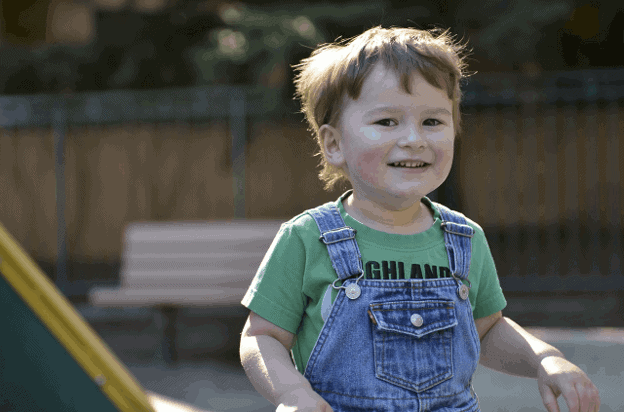
Language, special interests, intelligence, and ritualized actions (Part 4.2 of Is Asperger syndrome genetic?)
Language
In most autism cases, threre is a delay in language skills. However, children with Asperger syndrome often develop a grammatically and stylistically superior language.
The tone of voice is often monotonous and does not support, for example, the difference between serious and humorous expressions. Often, people with autism speak at an inappropriate or unusual rate and volume. A tendency to miss social cues and jerky speech also occurs.
Many children and adults with Asperger syndrome tend to talk incessantly and lengthily, usually about a specific topic. Further characteristics include:
- A very detail-oriented narrative style with difficulties distinguishing the essential from the unessential
- Abrupt changes of topic that are incomprehensible to the listener
- Taking pictorial phrases literally and answering rhetorical questions
Special Interests
People with Asperger syndrome develop a great interest in social contacts but do not know how to implement them. They often have difficulties recognizing body language and facial expressions, which others may view as a lack of empathy.
Typically, however, they have other special interests that seem unusual in the matter or in their intensity. These interests often lie in technical or scientific fields such as computer science, mathematics, physics, biology, or astronomy. Others are passionate about music or the memorization of various facts.
Intelligence
In contrast to some other forms of autism, intelligence is often normal in people with Asperger syndrome. Asperger children may occasionally have premature reading (hyperlexia).
Ritualized actions
People with Asperger’s are often fixated on keeping their external environment and daily routines as consistent as possible. Sudden changes can overwhelm them or make them very nervous.
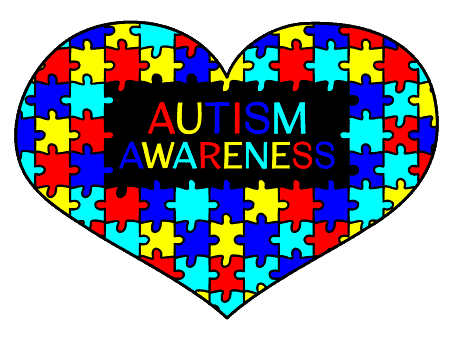
Diagnosis
It’s common for doctors to diagnose Asperger syndrome much later than more severe forms of autism. While they diagnose most autistic children before the age of 2, a 2008 CDC report notes that the average age of Asperger diagnosis was six years. A 2007 British study reported further delay – averaging around age 11. Children with Asperger syndrome are at the high functioning autism level and do not demonstrate language or intellectual delays.
The current Diagnostic and Statistical Manual of Mental Disorders (DSM-5), published by the American Psychiatric Association, removed Asperger syndrome as a single neurodevelopmental disorder. It now includes it in the autism spectrum disorders category; similar to childhood disintegrative disorder and other pervasive developmental disorders (not otherwise specified).
Researchers have recently started to assume that these are not different diseases but a seamless continuum of very mild to severe forms of developmental disorder that begin in early childhood. They make a distinction between deficits in two categories. First, the condition disturbs social interaction and communication (for example, eye contact, ability to converse or build relationships are weak). Secondly, repetitive behavior and fixed interests and behaviors are characteristics of autistic disorders.
DMS-IV
The previous DSM, DSM-IV, in 2000 included the following qualitative diagnostic criteria for Asperger syndrome, some genetic variants.
- Qualitative impairment of social interaction, manifesting itself in at least two of the following areas:
- Noticeable impairment of several non-verbal behaviors that control social interaction, such as eye contact, facial expressions, posture, and gestures
- Relationships with peers are not developed or not according to the level of development
- Lack of spontaneous turning to others to share joy, interest or pride in an achievement (for example, affected children do not tend to show things they are interested in to other people)
- Lack of social or emotional reciprocity
- Limited repetitive and stereotypical patterns of behavior, interest, and activity that manifest themselves in at least one of the following characteristics:
- Extensive engagement with one or more stereotypical and limited patterns of interest that are abnormal in intensity or subject matter
- Obviously rigid adherence to certain non-functional routines or rituals
- Stereotypical and repetitive motor habits (for example, hand or finger movements or complex movements of the whole body)
- Persistent occupation with object parts
- The disorder causes a clinically significant impairment in social, professional, or other important areas
- There is no clinically significant general speech delay (e.g., use of single words in the second year of life, communicative sentences in the third year of life)
- There is no clinically significant delay in the development of cognition, self-help skills and adaptive behavior (except social interaction) and – in childhood – curiosity about the environment
- The disorder does not meet the criteria of any other profound developmental disorder or schizophrenia
Co-morbidities
Sometimes Asperger syndrome also occurs together with other mental disorders that play a role:
- One of the most frequent concomitant symptoms is depression. This develops when impairments in private and professional life are present
- Some people with Asperger syndrome also meet the criteria for an obsessive-compulsive disorder or an obsessive personality disorder
- If concentration difficulties are present, specialists can easily confuse Asperger syndrome with attention deficit hyperactivity disorder, ADHD. Both disorders can, however, also occur together
- Occasionally Asperger syndrome and Tourette’s syndrome occur at the same time
- Sometimes Asperger syndrome and anorexia nervosa occur simultaneously as well
Treatment
Not every diagnosis of Asperger syndrome leads to its classification as a disease. In many cases, doctors no longer treat the condition of Asperger syndrome. There are also no therapies that address the syndrome directly. Symptomatic therapy based on cognitive behavioral therapy approaches, speech therapy, and social skills training is possible.
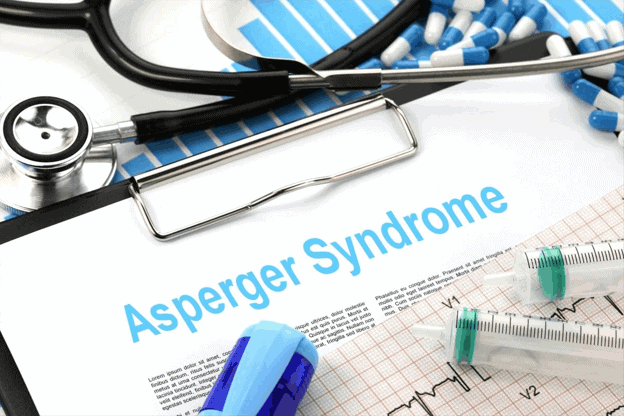
If symptoms such as pronounced hyperactivity and agitation, aggressive behavior, sleep disorders, or depressive moods are added, medication is also used.
To learn more about the condition and new research, you should visit the National Institute of Neurological Disorders and Stroke or the Johns Hopkins All Children’s Hospital.
If you liked this article, you should check out the rest of the Nebula Research Library, which includes articles on other behavior conditions like Tourettes.
May 1, 2022
